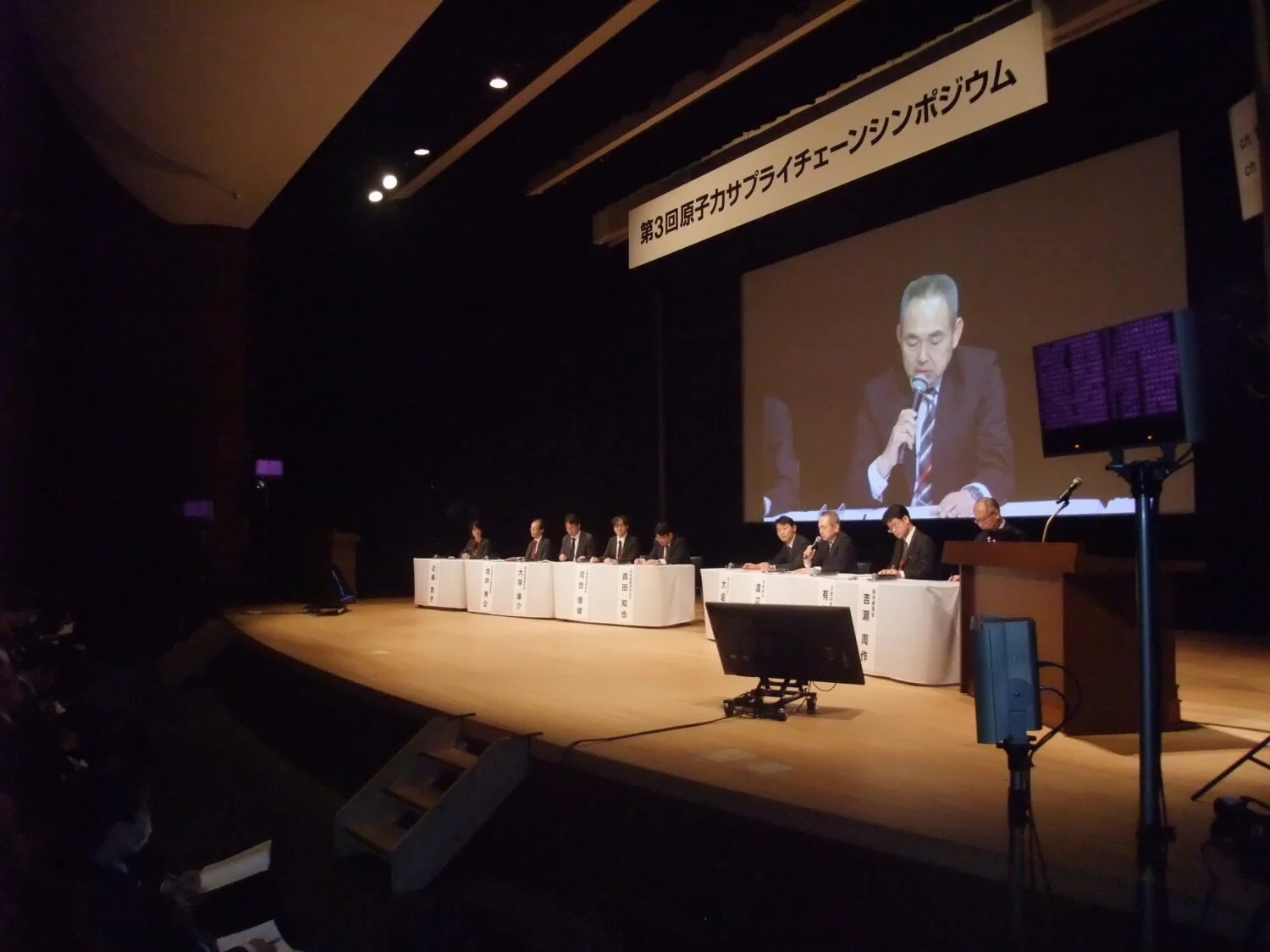Total Electricity Generated by Operating NPPs Hits Records High
As of January 1, 2016, 434 nuclear power plants (NPPs) were operating worldwide, generating 398,866 MW of electricity, a record high, three units and 6,640 MW more than in 2015. Ten NPPs began commercial operation during the period from January 2, 2015, to January 1, 2016. Eight of those were in China, with one each in Russia and South Korea. Meanwhile, one NPP each in England and Germany, and five NPPs in Japan, were shut down. The net increase was thus three units.
China Continues to Lead Nuclear Development, Now Fourth in the World
In newly emerging nations, primarily in Asia, nuclear power development has proceeded steadily despite the accident at the Fukushima Daiichi Nuclear Power Station. China in particular has continued to make outstanding progress in its nuclear program. Eighty percent of the world’s newly commissioned NPPs – 8 of 10 – were in China, driving up total global output.
In China, the Yangjiang-2 and -3, Ningde-3, Hongyanhe-3, Fuqing-2, Fangchenggang-1, Changjiang-1 and Fangjiashan-2 NPPs began commercial operation. This brought the total number of operating NPPs in China to 30, with capacity of 28,486 MW, equaling Russia in terms of number of units and surpassing both it and South Korea in capacity, ranking China now fourth in the world.
In South Korea, the nation’s 24th commercial reactor, the Shin-Wolsong-2 NPP, and in Russia, the 30th commercial unit, Rostov-3, began operation.
Additionally, the South Korean Shin-Kori-3 reached first criticality, and the Russian Demonstration FBR Beloyarsk-4 was connected to the grid, both in December.
Included among the NPPs that were shut down was the world’s last magnox reactor, the Wylfa-1 NPP in England. Also closed was the Grafenrheinfeld unit in Germany, despite a good operational record. Both of those closures were in December. In April, five Japanese NPPs were shut down: Genkai-1, Shimane-1, Mihama-1 and -2, and Tsuruga-1.
Construction Launched of Eight NPPs in Three Countries, Including Six in China; 74 Units Under Construction to Add about 78,000 MW
Construction was launched in 2015 of eight NPP units representing a combined capacity of 9,247 MW. The number of NPPs classified as “under construction” worldwide stood at 74, with a capacity of 78,251 MW. Ten units that had been “under construction” began commercial operations and were moved to the category of “operating.” Thus, the “construction” category netted two units fewer (1,119 MW less) than in the previous results.
Of the eight units for which construction was launched, six were in China, with one each in the UAE and Pakistan.
The six Chinese units are the Fuqing-5 and -6 NPPs, the Tianwan-5 NPP, the Hongyanhe-5 and -6 NPPs, and the Fangchenggang-3 NPP.
The UAE launched construction of the Barakah-4 NPP, and Pakistan, the Karachi-2 NPP. At the Barakah NPS in the UAE, since construction began of Unit 1 in 2012, construction of a new unit has been launched every year. The Karachi-2 in Pakistan is the first Hualong One design to be constructed outside of China and points to China’s commitment to business development abroad.
The questionnaire revealed that the first reactors under construction in Belarus, heretofore known as the Ostrovets-1 and -2 NPPs (1,194 MW each), are to be officially called the “Belarusian-1 and -2 NPPs.”
Three New Construction Projects Revealed, Including Two New in South Korea; Total of 101 Planned Projects Globally, For About 116,000 MW
NPP construction projects being planned numbered 101, for about 116,000 MW. In 2015, intended construction projects for three NPPs, 4,120 MW, in two countries were identified for the first time, while eight NPPs were moved from the category of “planning” to “under construction.” Additionally, of the El-Dabaa-1 and -2 NPPs thought being planned in Egypt, only El-Dabaa-1 was confirmed as certain in the response to the questionnaire, and El-Dabaa-2 was not included in the results. In all, nine NPPs were removed from the category of “planning,” resulting in a net six units, 5,339 MW, less than the previous year.
Of the three NPPs for which plans were newly revealed by the questionnaire, two, the Chunji-1 and -2 NPPs, are in South Korea. The third is the fifth reactor in Argentine, based on an agreement on introduction of light water reactors (LWRs) concluded between Nucleoelectrica Argentina S.A. (NA-SA) and the China General Nuclear Power Group (CGN, formerly known as the China Guangdong Nuclear Power Group). It will be a 1,000-MW class LWR using the Chinese Hualong One design. No name for the plant has yet been given.
For further information, please contact at doukou@jaif.or.jp



-1.png)

















